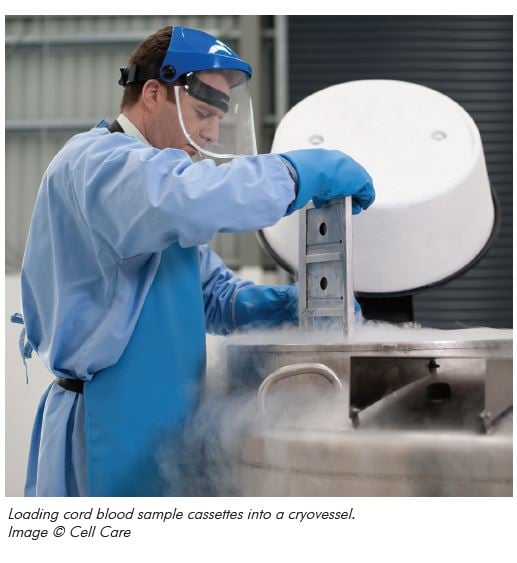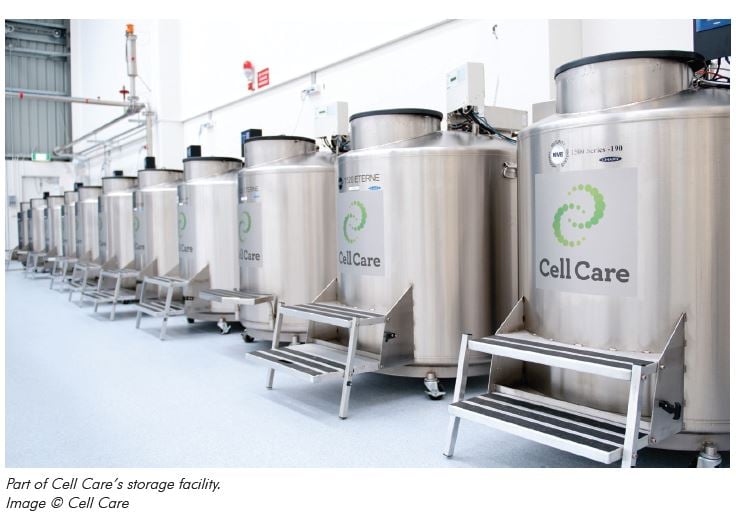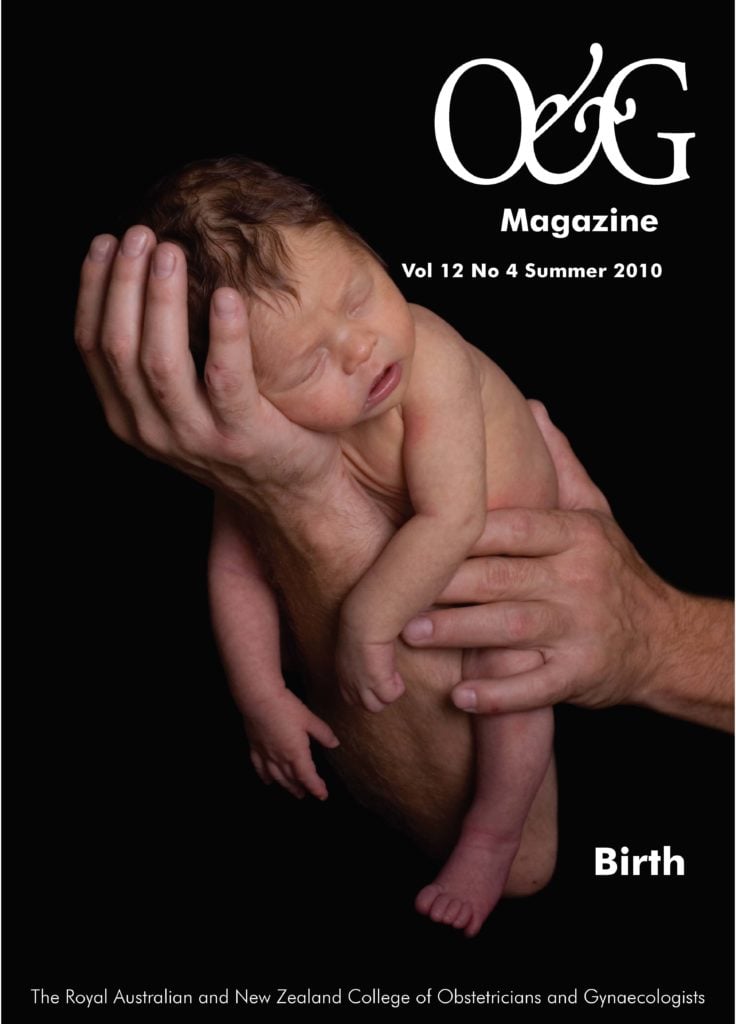The storage and use of umbilical cord blood (UCB) has been with us over 20 years – the first transfusion was a sibling transplant in France for the treatment of Fanconi’s anaemia. Since then, thousands have taken place around the world.
The vast majority of cases of the use of UCB have been allogeneic transplants from the public banks through the Bone Marrow Donors Worldwide (BMDW) network. Increasingly, however, cases of autologous or family use are occurring. These are typically done through private banks.
Australia lags considerably behind most of the developed world in the rates of autologous cord blood collection. Currently, cord blood storage in private banks only takes place in an estimated one per cent of births in Australia, while in the US and the UK uptake runs at four per cent, Greece is estimated to be at 12 per cent and countries such as Korea and Singapore are as high as 20 per cent. A major reason for this is that the value of cord blood storage and the likelihood of the cord blood being used has long been a contentious issue in the obstetric community in Australia. Much of this controversy surrounds the probability of these samples being used, with early estimates for autologous use being as low as one in 200,000. However, experience in Australia and overseas has demonstrated that these estimates are, in all likelihood, incorrect by several orders of magnitude and usage rates are projected to increase in the future as additional clinical applications for UCB are developed.

In the US, the current expected rate of utilisation of UCB stored in ‘family banks’ is around one in 2700. Australia’s largest private bank, Cell Care Australia Pty Ltd, is currently running at a rate of one sample release per 10,000 ‘storage years’ – if this rate of utilisation continues, then the probability of use by the age of ten will be around one in 1000. However, in the future it is likely to be much higher as the value of cord blood becomes better understood and the range of clinical indications for UCB is more fully recognised. Globally, a significant body of research is being undertaken in the use of stem cells (and other cell types) in UCB for regenerative medicine. Australia is now pushing to be in the vanguard of this, with development work underway or planned in a number of areas, including the following:
- Clinicians at Monash Institute of Medical Research are currently proposing a trial studying the use of autologous UCB in the treatment of cerebral palsy (which affects 1 in 400 children). More than 250 children have been treated in this way at Duke University in the US, with anecdotal reports of some startling outcomes. Formal clinical trials are currently underway in the US (at Duke and the University of Georgia) and in Germany.
- Funding is being sought for an Australia-wide trial of autologous UCB in children at high risk of developing type 1 diabetes. This trial is designed to test the hypothesis that the regulatory T-cells in UCB can restore self tolerance in children during the early stages of autoimmunity. Type 1 diabetes affects one in 250 children in Australia and the incidence is increasing at a rate of one per cent per year.
- Two UCB ‘stem cell expansion’ technologies are in, or are about to commence, Phase 3 trials. If these prove successful then UCB will be a potential source of stem cells for life, not just during childhood. A recent study estimated the lifelong probability of requiring an autologous stem cell transplant, for current indications, as one in 400, increasing to one in 200 if allogeneic transplant is also considered.
One important step, as the cord blood banking world matures, is to build awareness of the process and its potential value and to share this with all stakeholders involved in the field. Providing objective and balanced information to enable prospective parents to make an informed decision, is critical. In the US, this need has been recognised in more than 20 States that have passed legislation requiring obstetricians to inform all parents-to-be of the options for cord blood collection.
A proportion of the medical community has long harboured concerns about cord blood storage and the position of autologous the doctor or hospital may be taking on when agreeing to store cord blood, even though this liability is fully covered by all of the private banks. Ironically, the reverse liability, where an obstetrician or institution refuses a request to store the cord blood which is subsequently needed for therapy, has gained very little attention.

Conclusions
We are currently in something of a transition with regard to autologous UCB banking. On the one hand, the future therapeutic potential of UCB in an array of diseases, as presented in the stem cell scientific literature, seems to be enormous. However, on the other hand, there is only one therapeutic use that is currently accepted in Australia. Advocates and sceptics of autologous UCB banking might therefore almost be characterised along the lines of ‘glass half full’ versus ‘glass half empty’ world views. Only time will tell which has greater validity.
The questions and uncertainties surrounding autologous UCB banking will take many years to resolve and the answers are unlikely to be black and white. Perhaps the most important issue is not whether UCB will prove to be a ‘silver bullet’ or an over-hyped dream (or, more likely, something in between), but rather whether it is the right of appropriately informed parents to make a choice about their child’s future.
Cell Care is Australia’s largest autologous cord blood bank. Previously called Australian Stem Cell Healthcare, it was formed by the merger of Biocell and Cellsense. In 2009, Alastair Lucas, Chairman of the Burnet Institute and a member of the Dean’s Advisory Board for Monash University, Faculty of Medicine, Nursing and Health Sciences, and Jim Craig, a Director of the Murdoch Children’s Research Institute, became the major shareholders of the company. In moving into the field, both have committed Cell Care to a path where it works with all major stakeholders to:
- provide balanced and objective information to parents to enable them to make an informed decision on whether to store their children’s cord blood;
- promote a position where the value of both allogeneic and autologous storage is recognised;
- develop a better understanding of the medical benefits of cord blood therapy by supporting clinical trials;
- make the option of cord blood storage available as widely as possible; and
- ensure there is strong, open dialogue with the medical community and that all appropriate support is provided to enable them to give the highest levels of care to their patients.
For further information please visit the Cell Care website (www.cellcare.com) or call 1800 071 075.





Leave a Reply